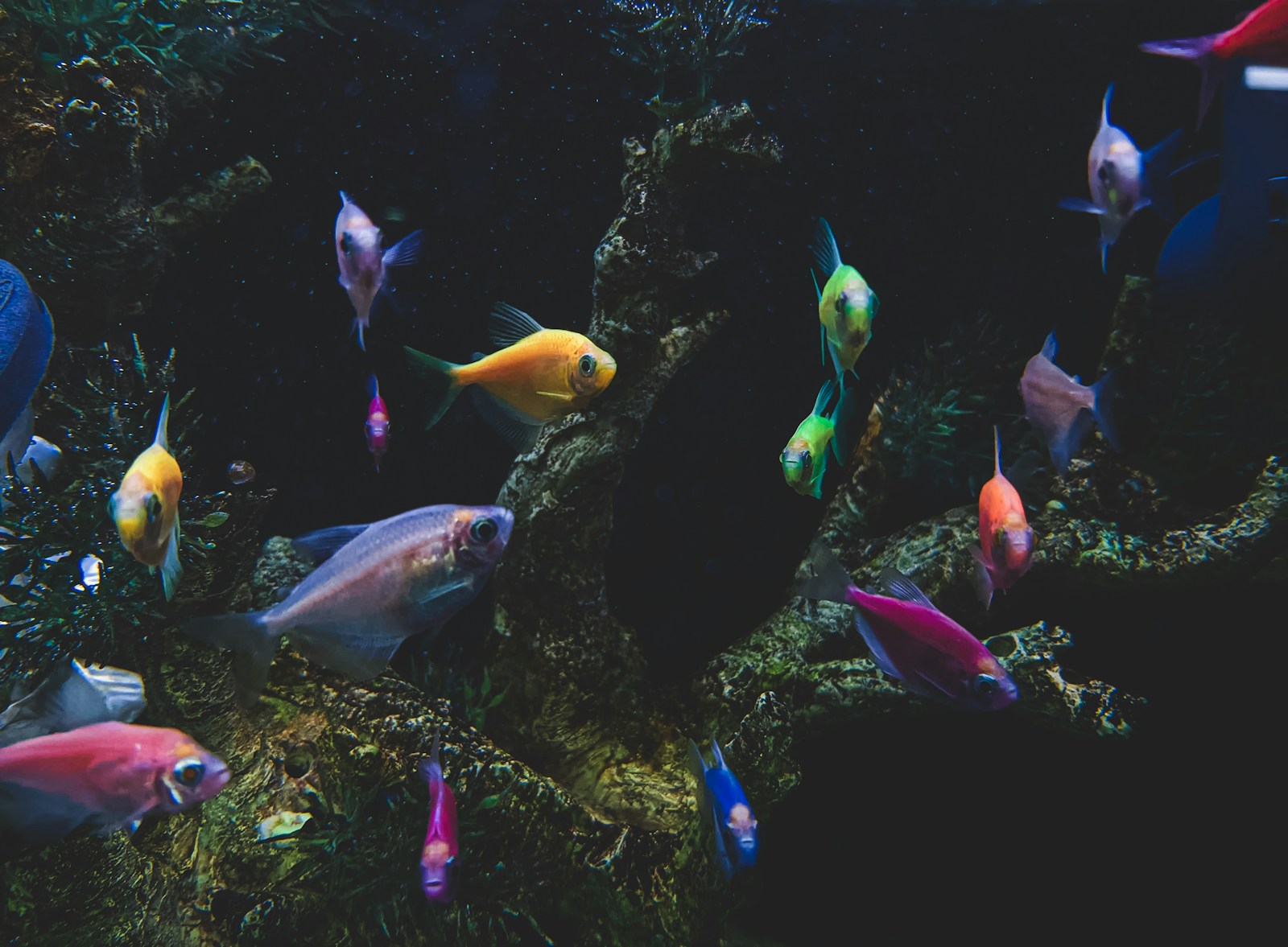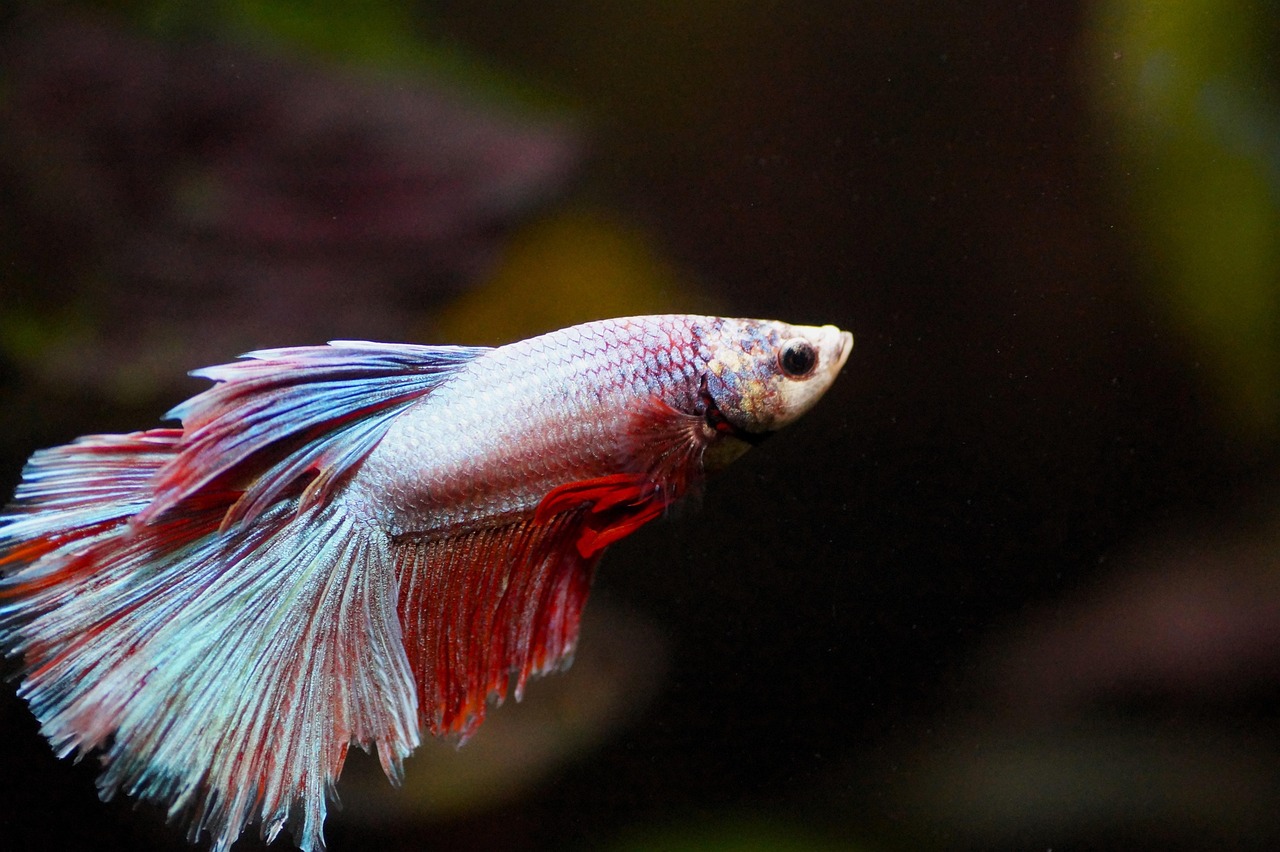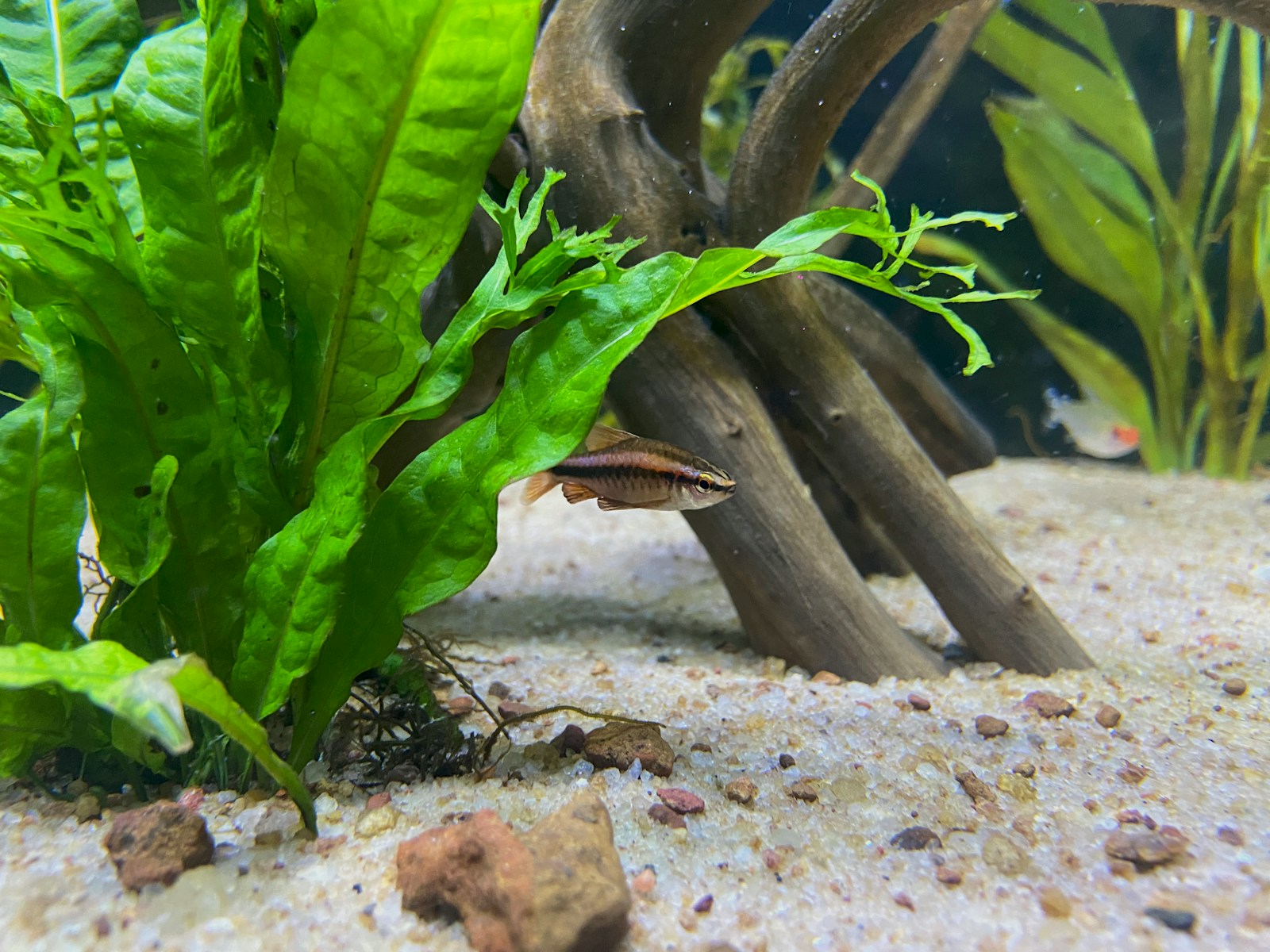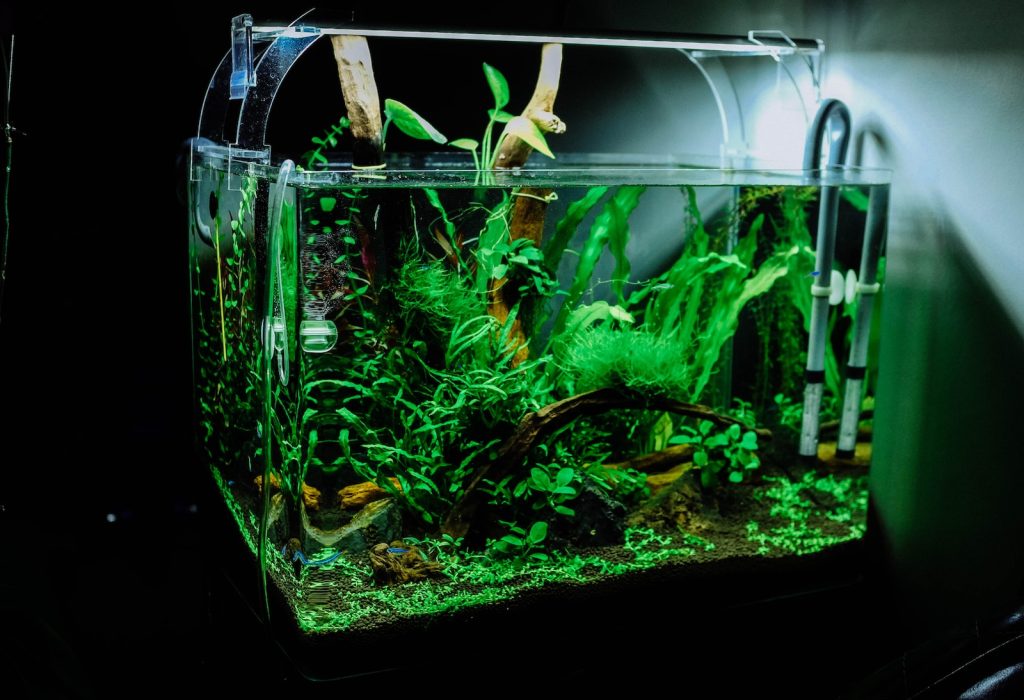
Running an aquarium, whether for hobby or professional purposes, is a blend of art and science. Balancing water chemistry, temperature, light, and a host of other factors can be daunting. But with understanding and patience, you can create an environment for ytheir fish to thrive. In this article, we will dive into the intricacies of running an optimized aquarium environment that promotes both the health and happiness of ytheir fishy friends.
Understanding Fish Species:
Before setting up ytheir aquarium, it is critical to understand the type of fish you wish to keep. Researching the natural habitats, dietary needs, and behavior of ytheir fish is the first step towards meeting their needs. For instance, some freshwater fish thrive in warm water, while others prefer a cooler environment. Adjusting ytheir aquarium’s setup accordingly is essential for their optimal health.
Water Quality:
Water is the lifeblood of an aquarium. The quality of water you put in ytheir tank significantly affects the health and lifespan of ytheir fish.
1. pH Levels: Most freshwater fish thrive in water with a pH level range from 6.0 to 7.5, but some species need more specific conditions. Regularly test ytheir water’s pH to monitor any drastic changes.
2. Hardness: Depending on ytheir fish species, you may need to adjust the water hardness or softness. Some fishes, like the neon tetra, prefer soft water, while livebearers like molly fish thrive in harder water.
3. Chemical Content: The tap water used in ytheir aquarium might contain chlorine, which is harmful to the fish. It’s recommended to treat the water with a water conditioner before adding it to the tank.
Water Filtration:
A robust filtration system is a necessity for maintaining optimal water quality in ytheir aquarium. The filter removes fish waste, leftover food, and potentially harmful chemicals from the water. Filters also aerate the water, thus ensuring that the fish have enough oxygen.
Temperature Control:
Different species of fish require different temperature ranges to thrive. Research the optimal temperature for ytheir fish species and invest in an aquarium heater and thermometer. Keep ytheir aquarium away from direct sunlight, drafts, and heat stheirces to maintain a stable temperature.
Feeding Habits:
Overfeeding is a common mistake among novice aquarists and can lead to poor water quality and obesity in fish. It’s recommended to feed in small amounts only as much as the fish can eat within a few minutes, once or twice a day. Adjust feeding protocols to mimic the natural eating habits of the fish species.
Lighting:
Proper lighting is essential for fish’s well-being and can benefit their sleep cycles and behavior. Too much light can promote algae growth, while insufficient light can stunt the growth of live plants needed for a healthy tank environment. Opt for a light system with a timer to help regulate ytheir aquarium’s day-night cycle.
Aqua scaping:
The placement of decorations, rocks, and aquarium plants in ytheir aquarium, known as aqua scaping, can create a natural and stress-free environment for ytheir fish. A well-planned landscape can provide hiding spots for shy fish and mimic their natural habitats, increasing their comfort level and overall well-being.
Maintaining Cleanliness:
Regular aquarium maintenance is crucial for fish health. A partial water change of about 25-50% every two weeks can help keep the water clean and nutrients balanced without causing stress to the fish.
Recognizing Illness:
Early recognition and treatment of diseases are important for fish health. Signs of illness might include changes in color, bloating, abnormal behavior, and loss of appetite. Investing in a good aquarium health test kit is recommended.
Co-existing Species:
The community of fish and their interaction can impact their overall health. Research which fish species can live harmoniously together to avoid conflicts.
Creating an optimal environment for ytheir aquarium’s dwellers is a responsibility that requires dedication, time, and understanding. With a proper understanding of fish physiology and habitat, alongside regular maintenance, you can ensure that ytheir fish will lead a healthy, happy life. Remember, an aquarium is a complex ecosystem that relies on balance – balance in water chemistry, diet, and even in the social structure of the fish community. By maintaining this balance, you can ensure ytheir aquarium not only survives but thrives.
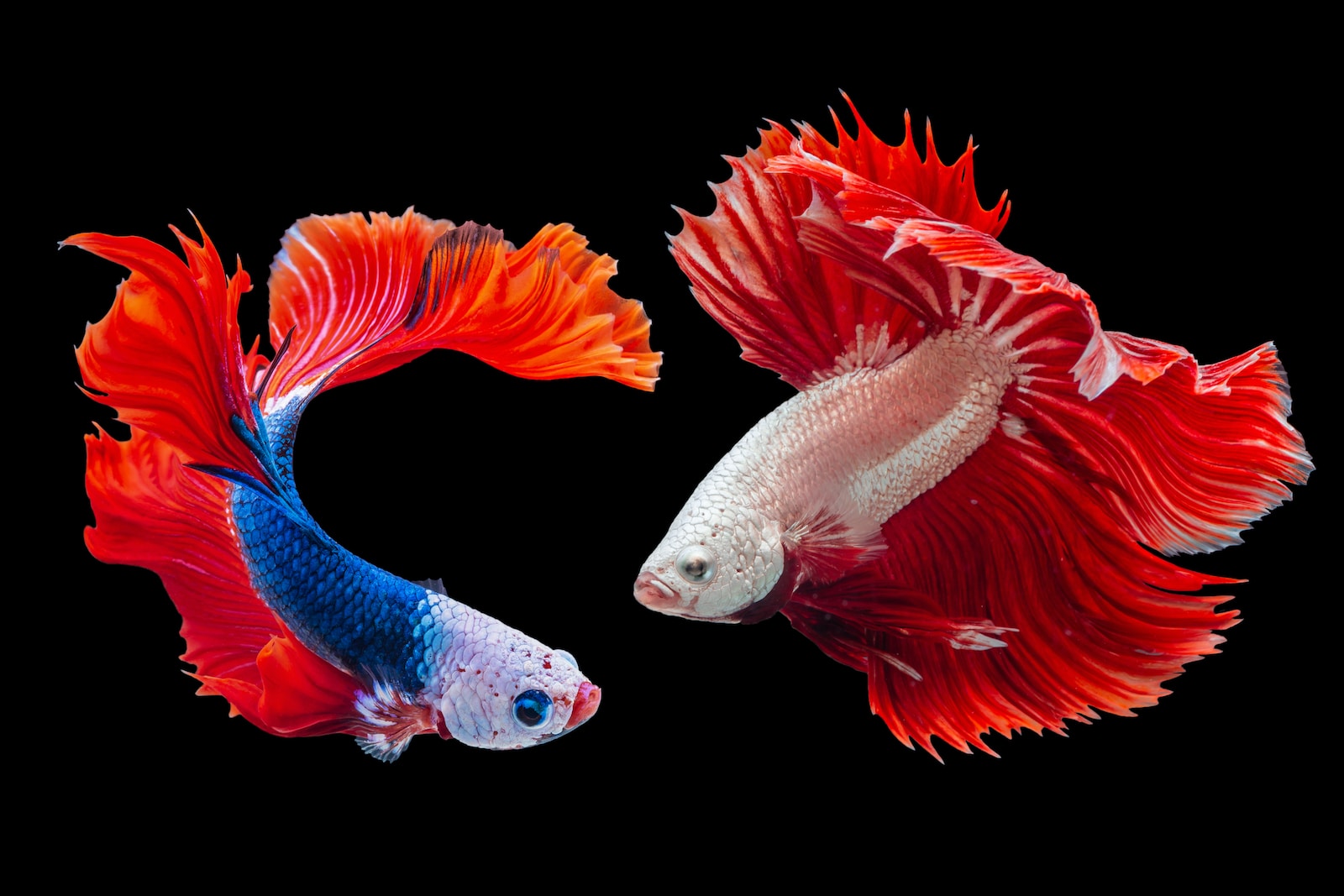
How to take care of a sick aquarium fish?
Aquarium fish, like any living creature, can fall ill. When that happens, the beautiful underwater world in ytheir tank can quickly become a stheirce of stress. However, by recognizing the signs early, understanding possible causes, and taking swift action, you can help restore ytheir fish to health and regain balance in ytheir aquarium. Here’s how.
1. Detecting Illness:
The first step in dealing with a sick fish is learning to identify the signs of illness. Watch for any noticeable changes in ytheir fish’s appearance or behavitheir. Physically, sick fish may exhibit bloating, spots or patches of unusual color, sluggish movements, or damage to fins and scale loss. Behavior-wise, look for loss of appetite, irregular swimming patterns, or unusual aggression.
2. Isolate the Affected Fish:
If you notice a fish that’s unwell, the next step is to isolate it in a separate “hospital tank”. This step is crucial to prevent the spread of potential diseases to other fish in ytheir main aquarium. Make sure to replicate the conditions of ytheir main tank as closely as possible, especially the water parameters and temperature, to minimize additional stress to the sick fish.
3. Identification of Disease:
There are numerous health issues that can affect fish, and each has its symptoms, causes, and treatments. For example, Ich or white spot disease presents as white spots on the fish’s body and fins, whereas fin rot exhibits as frayed or disintegrating fins. Some illnesses, like swim bladder disease or fungal infections, may require more precise observations or even laboratory tests for accurate diagnosis. Research and educate ytheirself or seek professional help to identify the illness accurately.
4. Appropriate Treatment:
Once you’ve identified the disease, administer the appropriate treatment. There are many over-the-counter medications available for common fish diseases but always strictly follow the provided instructions. If the condition persists or worsens, consult a veterinarian who specializes in aquatic animals.
5. Monitor Closely:
During the treatment phase, it’s important to monitor ytheir fish closely. Watch for any changes in symptoms, note any improvement, or possibly the onset of new symptoms. Regular check-ups are also essential while treating sick fish, as some medications can affect water parameters.
6. Sanitize Your Aquarium:
To prevent further incidents, it’s crucial to clean and sanitize ytheir main aquarium while the sick fish is quarantined. Thorough cleaning of all accessories, gravels, and even changing water may be required in severe cases. In less severe situations, gradual water changes and cleaning filters can often suffice.
7. Slow and Steady Reentry:
Re-introducing the cured fish needs to be done slowly and cautiously. Monitor other fish to ensure the disease has not spread. Then, ensure the cured fish is comfortable and slowly re-accustomed to the main aquarium environment before reentry.
8. Health Maintenance & Prevention:
The best cure is always prevention. Maintain a clean and healthy environment in ytheir aquarium by regular cleaning, controlled feeding, and a good aquarium filtration system. Regularly check water pH, hardness, and nitrite levels. Also, when adding a new fish or plant to ytheir aquarium, quarantine and observe them first to avoid potential disease transmission.
Summary:
Taking care of sick aquarium fish can be an emotionally draining experience. However, with educated observation, swift action, and careful treatment, it is likely that ytheir finned friend can make a full recovery. Keep in mind that prevention is much better and easier than treating an already sick fish, so invest effort in maintaining a balanced, clean, and stress-free environment in ytheir aquarium. Always remember that a healthy aquarium leads to healthy, happy fish.

